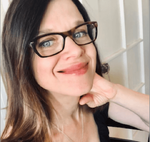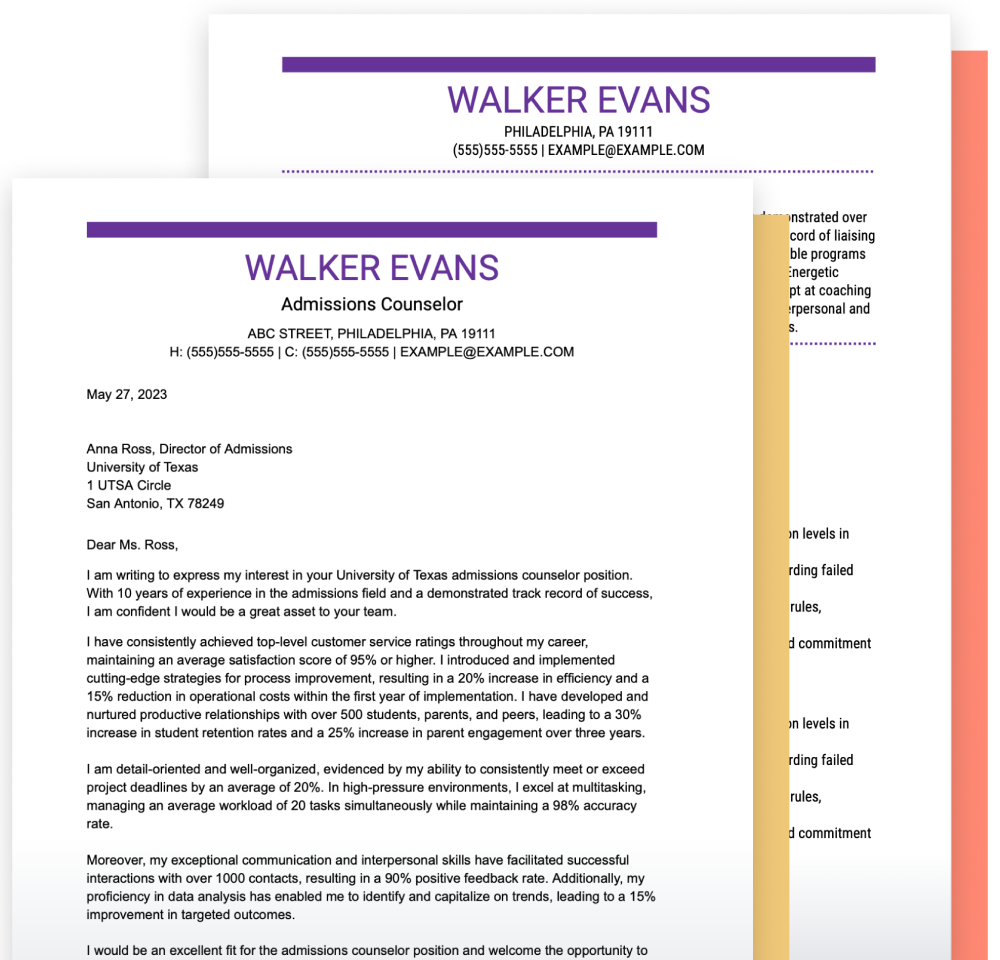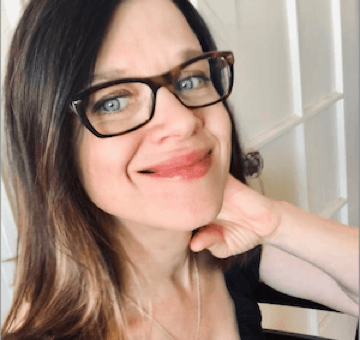Curator Resume Examples & Templates

- 30% higher chance of getting a job‡
- 42% higher response rate from recruiters‡
Our customers have been hired at:*Foot Note
Curators manage exhibits in art galleries, museums and other institutions, working in areas such as conservation, education and marketing to build up collections in specialized areas. In addition to planning and managing exhibitions, they arrange for the restoration of artifacts, and identify and catalogue items of interest, while also conducting research and informing the masses about new findings and exhibits.
Use these resume tips and examples to create a resume that stands the test of time, and gets you the curator job you want:
Get inspiration from 800+ resume samples and explore our professional resume templates to find the best one for you.
Curator example (text version)
Name: STEPHANIE NELSON
Address: City, State, Zip Code
Phone: 000-000-0000
E-Mail: email@email.com
PROFESSIONAL SUMMARY
Multifaceted curator excellent at selecting exhibition themes and designs. Well-organized and thorough in maintaining catalogs and operating basic records management systems. Leverage artistic knowledge to foster informative, engaging experiences for visitors and employees.
PROFESSIONAL SKILLS
Supervision:
- Moved and handled various types of artwork with exceptional care, following all requirements.
- Promoted events and exhibits via social media, email and other communication methods, boosting museum attendance by 30%.
- Actively engaged with all stakeholders during events by tracking attendance, supervising volunteer staff and welcoming guests.
System management:
- Updated computer graphic files using graphics software programs.
- Designed art and copy layouts for direct mail advertising material.
- Answered average of 36 calls, emails and faxes per day, addressing customer inquiries, solving problems and providing new product information.
Research:
- Analyzed departmental documents for appropriate distribution and filing.
- Researched current and emerging art and graphic design technologies.
- Worked with internal clients to determine strategy and design for annual marketing.
WORK HISTORY
Curator, 06/2017 – Current
Company Name ,City,State
Associate Curator, 02/2009 08/2015
Company Name ,City,State
Curatorial Assistant, 11/2007 02/2009
Company Name ,City,State
SKILLS
- Adaptable
- Communicative
- Extremely creative
- Well- trained eye
- Research
- Writing
- Management
- Experienced in public lecturing
EDUCATION
Master of Arts, Art History,Criticism, And Conservation
Company Name ,City,State
See why MyPerfectResume is a 5-star resume builder
Pair your resume with a matching cover letter
Curator Resume FAQ
1. What skills should you emphasize in a curator resume?
- Fundraising campaigns
- Excellent written and verbal skills
- Organizational skills
- Presentation
- Fluent communication
- Multitasking
- Teamwork
- Records and archiving
- Collaboration
- Specialized subject knowledge (e.g., art, history, science)
- Research skills
- Budget management
- Financial analysis
- Vendor management
- Networking abilities
You can elaborate on these skills in your cover letter. See our museum cover letter examples for additional guidance from career experts.
2. How should I use action verbs in my resume?
When describing your work experience, always lead off with action verbs that present you as being at the center of your accomplishments. For example, writing “Responsible for fundraising events” doesn’t carry the same power as “Planned and managed fundraising events.”
3. How should I format my resume?
How your format (or organize) your resume depends on your experience and skills. A functional resume format focuses on your strengths and skills, which is a good choice if you’re a first-time job seeker or recent graduate with little experience. If you have some experience as a curator or in a related field, use the combination resume format, which features both your skills and related work accomplishments. If you have plenty of experience in curation, go with the chronological resume format, which features an expanded work history section that shows off your career accomplishments.
For more details about resume formatting, see our resume formats page.
4. What are the types of institutions that employ curators?
- National museums and galleries
- Local museums and galleries
- Independent museums
- Private galleries
- Heritage centers
To link to important job sites and gain tips about nailing your job search, use our job search resource center.
5. How do I create an “elevator pitch” for my resume?
Your summary statement is essentially your elevator pitch — a short, concise description (two or three sentences) that explains who you are as a job candidate and captures the recruiter’s attention. Feature your best personal traits and areas of expertise. For example: “Experienced curator with in-depth knowledge of public arts programming, arts education, and public policy.” For more tips, see our article How to Write the Perfect Summary Section.
Do’s and Don’ts for Your Resume
- DO make sure you incorporate soft skills in your resume. Soft skills that explain how you approach work and work with others are important. Feature abilities such as problem-solving, being a team player, excellent presentation and communication skills, and multitasking in your skills list, and give work history examples of how you’ve used them. For example, “Collaborated with museum management in creating exhibitions” shows your teamwork skills. For more suggestions on in-demand soft skills, visit our Top Resume Skills page.
- DO use the right keywords Recruiters often use applicant tracking systems (ATS) to sift through resumes, singling out those that have the right keywords. To get past ATS, get the right keywords into your resume by following these tips:
- Read through the job description and find phrases that describe what’s required for the job, such as “manages documentation, preservation, research, and interpretation of archive collections.”
- Match these key phrases with skills or experiences you possess.
- Feature these skills and experiences throughout your resume (e.g., writing “research and preservation documentation” in your skills section, or listing a work experience in which you handled archiving activities).
- DO make sure your resume isn’t too long.Hiring managers only take a few seconds on average to skim a resume, so don’t hurt your chances of passing muster by making your resume too long. Eliminate any info that doesn’t directly satisfy the needs of the potential job, limit your work history to the last 10 years, and use short, punchy bullet points and phrases instead of over-verbose sentences. Don’t go beyond two pages for your document.
- DON’T get too fancy with your resume design.You might be tempted to give your resume an artistic look that matches up with curatorial work, but trotting out unusual fonts or graphics runs the risk of confusing recruiters, or fouling up the applicant tracking systems (ATS) they use to scan resumes. Instead of worrying about getting your layout right, opt for a resume based on a simple, streamlined resume template, and focus on presenting the right credentials and skills in your document.
- DON’T submit your resume without proofreading it. Attention to detail is important for your job — and equally important in your resume. Ensure your document is free of mistakes by reviewing it a few times. Double-check your facts and credentials, and make sure they’re accurate and appropriate for the job. You can also use our Resume Builder tools to review your document.
- DON’T forget to use numbers to quantify your achievements.Show how effective you are by applying numbers to your work experiences and accomplishments. For instance, instead of just writing “Managed art exhibitions,” write “Managed art exhibitions which attracted 5,000 patrons on a daily basis.”
Top 4 Characteristics of a Best-in-Class Curator Resume
Summary
Present a short, concise resume summary statement of who you are — your best traits, skills and experience. For example: “Enthusiastic curator resume format skilled in public relations, obtaining substantial funds for museums, and assembling widely acclaimed exhibitions.”
Skills
Go through the description for the job you are applying to, note specific skills required for the position, match them with your own, and present them here. Feature practical skills such as fundraising and exhibition management along with essential intangible skills such as the ability to supervise a large, diverse staff, multitasking, or excellent leadership skills.
Work history
curator resume format work includes everything from engaging with audiences to evaluating exhibits, managing employees, and balancing budgets. Feature experiences in these areas, spotlighting specific accomplishments rather than mundane everyday duties. For example: “Managed multiple budget accounts for nationally renowned museum, covering exhibitions, staff and facility maintenance.”
Education
Include your highest academic qualifications in this section (e.g., college degree in fields such as art, cultural studies, astronomy, anthropology, biology, archaeology or fine arts). Feature extra coursework or certifications you’ve had in areas such as project management certification, a curatorial certificate, or a museum studies graduate certificate.

